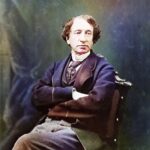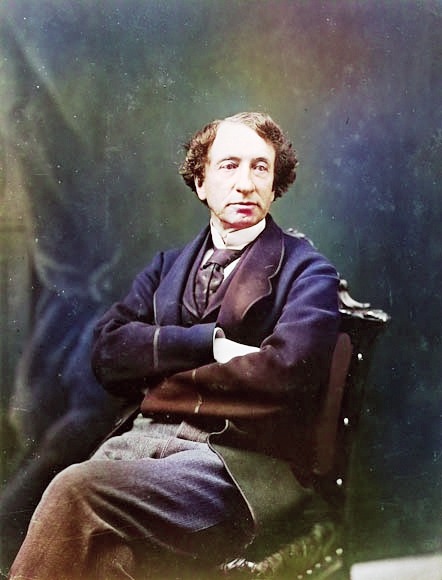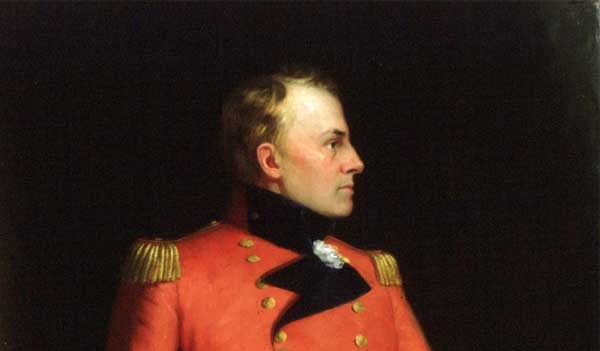On July 1, 1867, a new nation was born, not through revolution, but through negotiation, diplomacy, and the pragmatic ambition of a handful of determined leaders. The British North America Act united the colonies of Canada (split into Ontario and Quebec), New Brunswick, and Nova Scotia into the Dominion of Canada, setting the foundation for the modern Canadian state. But the road to Confederation was anything but straightforward. It was shaped by internal political deadlock, economic pressures, threats from the United States, and the foresight of key political figures who saw the opportunity to forge a union of British colonies in North America.
Political Gridlock in the Canadas
One of the central domestic reasons for Confederation was political deadlock within the Province of Canada, which had been formed by uniting Upper Canada (modern-day Ontario) and Lower Canada (modern-day Quebec) in 1841. The union, designed to create stability, in fact resulted in chronic instability.
Under the terms of union, both sections had equal representation in the legislature, despite Upper Canada’s growing population. This meant governments often could not maintain majority support from both English and French-speaking representatives, leading to frequent collapses and ineffective governance.
By the 1860s, political leaders in both regions recognized that something had to change. The idea of a broader federation, which could provide autonomy to different regions while offering a united front on national issues, began to gain traction.
Economic Pressures and the End of Reciprocity
In 1866, the United States cancelled the Reciprocity Treaty with the British colonies, which had allowed for free trade in natural resources. This was a major blow to colonial economies that depended on trade with the U.S. At the same time, the American Civil War (1861–1865) had made many British North American leaders nervous about the security and vulnerability of the colonies.
Confederation offered a way to strengthen economic ties between the colonies through a customs union and internal trade network. It also promised to connect the provinces with railways, opening new markets and facilitating movement of goods and people.
The American Threat and British Concerns
The American Civil War had stoked fears that the victorious Union might turn its attention northward. The Fenian Raids (1866–1871), led by Irish-American revolutionaries attacking British colonial territory in hopes of pressuring Britain to leave Ireland, underscored the need for a more unified defense.
The British government, meanwhile, was increasingly inclined to reduce its costs and responsibilities in North America. Supporting a patchwork of small, uncooperative colonies was expensive and strategically risky. A federated Canada would be more self-reliant, better defended, and easier to manage from afar, especially if it remained part of the British Empire.
The Key Figures Behind Confederation
Confederation would not have happened without a cadre of bold and pragmatic leaders. The most prominent among them became known as the Fathers of Confederation.
- John A. Macdonald (Canada West/Ontario): A shrewd and pragmatic politician, Macdonald became the chief architect of Confederation and would serve as the first Prime Minister. He believed deeply in a strong central government to hold the new country together.
- George-Étienne Cartier (Canada East/Quebec): Representing French Canada, Cartier was instrumental in convincing French-speaking citizens that their culture and civil law traditions could be protected within a federated Canada.
- George Brown (Canada West): A reformist and editor of The Globe, Brown was a strong advocate for representation by population. His decision to work with his political rival Macdonald in the “Great Coalition” of 1864 was a turning point in the push for Confederation.
- Charles Tupper (Nova Scotia): Tupper, a physician and politician, was instrumental in persuading Nova Scotians to support union, although the decision remained controversial in the province.
- Samuel Leonard Tilley (New Brunswick): A strong proponent of Confederation, Tilley helped promote its economic and military advantages to the people of his province.
The Path to Union: The Conferences
Three major conferences laid the political and legal groundwork for Confederation:
- Charlottetown Conference (September 1864): Originally meant to discuss a maritime union between Nova Scotia, New Brunswick, and Prince Edward Island, this meeting became the starting point for a broader Canadian federation when delegates from the Province of Canada arrived uninvited—but persuasive.
- Quebec Conference (October 1864): Here, the 72 Resolutions were drafted, outlining the framework of the new federation, including the division of powers between federal and provincial governments.
- London Conference (December 1866 – March 1867): Delegates traveled to Britain to finalize the terms of union. The result was the British North America Act, passed by the British Parliament and signed into law by Queen Victoria.
A New Nation, Not Yet Complete
On July 1, 1867, the Dominion of Canada was born. Yet it was a modest beginning: just four provinces made up the new country, and many territories and regions such as British Columbia, Manitoba, Prince Edward Island, and the Northwest Territories would only join in the years to come.
The Confederation of 1867 was not an end, but a beginning. It was a pragmatic solution to regional problems, shaped by the pressures of economy, politics, and international threat. But it was also an ambitious vision: that a collection of disparate colonies, cultures, and languages could come together to build a nation in the vast northern half of a continent.
It remains one of the most remarkable political achievements in Canadian history, an experiment in unity, negotiation, and nationhood that continues to evolve to this day.
For educational or reprint use, please contact the author or the Canadian Historical Society.
General Histories of Confederation
- The Birth of a Nation: Confederation Comes to Canada
By W.L. Morton
– A classic work by one of Canada’s most prominent mid-20th-century historians, this book offers a clear and thoughtful narrative of the road to Confederation. - 1867: How the Fathers Made a Deal
By Christopher Moore
– A highly readable and well-researched account of the negotiations that led to Confederation. Moore focuses on the political personalities and the actual process of deal-making in 1867. - Confederation
By J.M.S. Careless
– A leading authority on 19th-century Canada, Careless explores the political and constitutional evolution leading to Confederation with a focus on Ontario and Quebec.
Biographies of the Fathers of Confederation
- John A. Macdonald: The Young Politician and John A. Macdonald: The Old Chieftain
By Donald Creighton
– A monumental two-volume biography of Canada’s first Prime Minister. Creighton presents Macdonald as the central architect of Confederation, blending political insight with dramatic storytelling. - George-Étienne Cartier: The Canadian
By Joseph Schull
– A well-researched biography that emphasizes Cartier’s crucial role in convincing French Canada to support Confederation. - George Brown: The Voice of Upper Canada
By J.M.S. Careless
– This biography explores Brown’s reformist vision and how his decision to join Macdonald in the Great Coalition helped make Confederation possible.
Regional and Provincial Perspectives
- The Road to Confederation: The Emergence of Canada, 1863–1867
By Donald Creighton
– Offers a detailed overview of how each region and political leader played a role in shaping the Confederation settlement. - Ties That Bind: Canada, the U.S., and the Politics of Empire
By Patrice Dutil
– Examines the geopolitical pressures from the U.S. and Britain that influenced Canadian leaders to unite the colonies. - Nova Scotia and Confederation, 1864–74
By P.B. Waite
– Focuses on the controversial and reluctant entry of Nova Scotia into Confederation. Waite’s detailed political analysis is essential reading for understanding regional resistance. - The Maritimes and Confederation
Edited by E.R. Forbes and D.A. Muise
– A collection of essays that examines the varying responses to Confederation in New Brunswick, Nova Scotia, and Prince Edward Island.
Constitutional and Political Analysis
- The British North America Act: Past and Present
Edited by W.P.M. Kennedy
– An older but still valuable work for understanding the legal and constitutional implications of Confederation. - Canada’s Founding Debates
Edited by Janet Ajzenstat et al.
– A collection of primary source debates and speeches from the Confederation era with insightful editorial commentary. - The Idea of Liberty in Canada During the Age of Atlantic Revolutions, 1776–1838
By Michel Ducharme
– While focused on an earlier era, this book lays important ideological foundations for the political thinking that would lead to Confederation.
Broad Contexts and Imperial Influence
- Imperial Canada, 1867–1917
By Colin M. Coates
– Explores how imperial ties shaped Canadian identity and helped justify Confederation as part of Britain’s global strategy. - Canada and the British Empire
Edited by Phillip Buckner
– Includes essays examining how Canada’s place in the British Empire influenced its national development, including Confederation.












